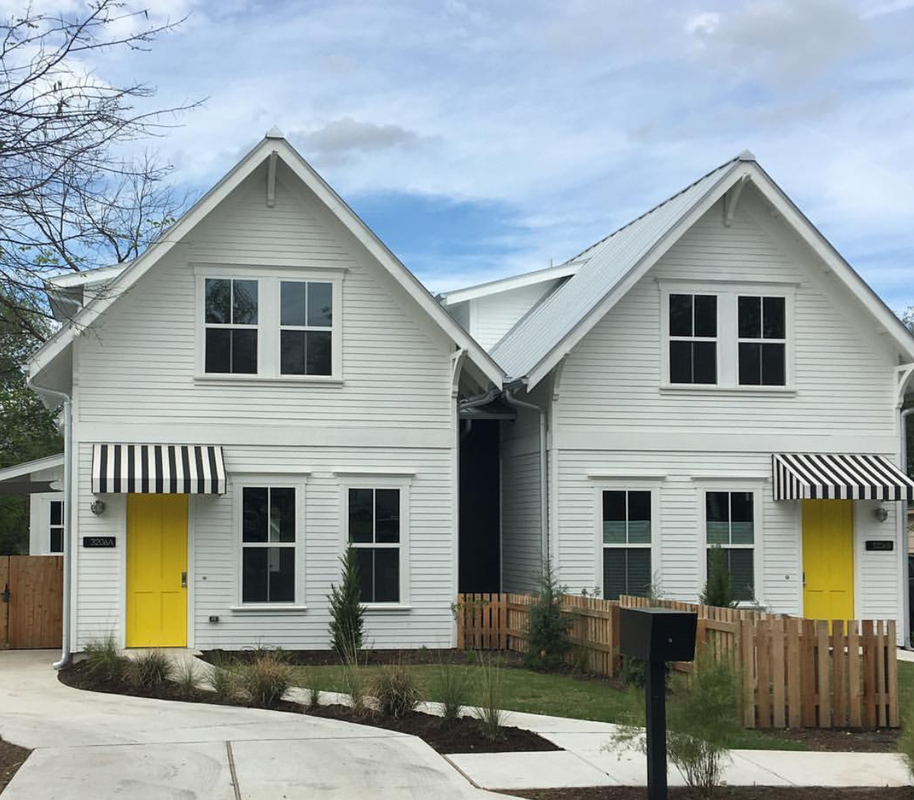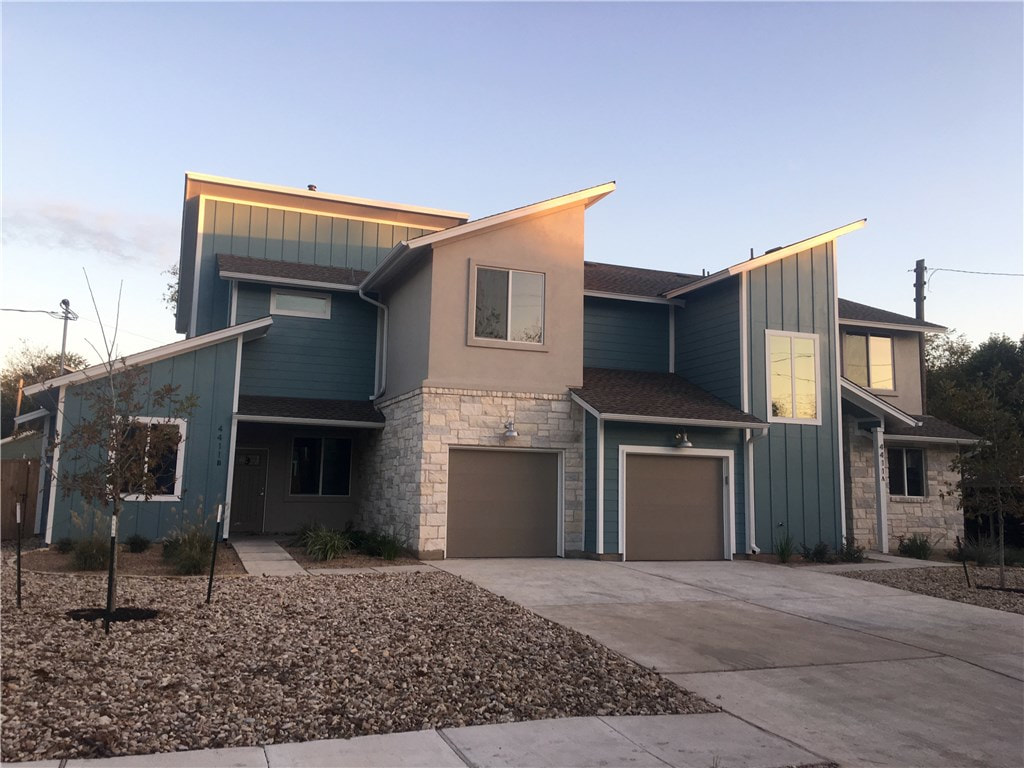|
Accessory dwelling units (ADUs) also referred to as secondary dwelling units, casitas, or granny flats are fully habitable homes that accompany a primary residence on a lot. In Austin, these have become quite popular as a result of the City of Austin loosening regulations on their construction. You can read all about the exact regulations in my earlier post, Navigating the Accessory Dwelling Unit Process in Austin. ADUs are a great opportunity for investors to maximize their rental rates on a buy and hold property, homeowners to earn supplemental income through an on-site rental property, and developers to purchase one property and then sell two units. For buy and hold investors, the ADU makes economic sense. As home prices soar in Austin, it’s become more challenging to find income producing properties with rental rates that justify the asking price. For example, a $300,000 home with a $2,000 market rent is an ok investment. If you put 20% down, your monthly payments will likely be less than the monthly rent you receive. However, the margins are close - adding in leasing expenses, repairs, and vacancy loss, -you may only be breaking even or losing money. Now, if this same property has a detached garage that you could convert to an ADU for $100,000 you have a much better investment. You could even do the rehab using a FHA 203k or Conventional Homestyle loan which combines the ADU project with the primary home purchase into a single mortgage loan. Homeowners can also utilize the FHA 203k or Conventional Homestyle Loan by coupling their accessory dwelling unit costs with a refi on their primary residence. The new accessory dwelling unit could be used for a family member to live in hence the term “granny flat”. Alternatively, a homeowner could utilize the ADU as a long term rental to offset mortgage payments. Developers are loving the ADU regulations in Austin. Most commonly you are seeing developers purchase a home or lot and then build two new units on the lot. The lot is not legally subdivided; rather, they do a condo regime in order to then sell both units separately. This practice is quite common in the following Austin zip codes: 78704, 78745, and 78702. Identifying properties with the ability to have two homes on one lot in Austin is somewhat challenging. There is no easy way to search for homes for sale with ADUs in the Austin Board of REALTORS’ MLS. Luckily, I’ve identified a few properties with ADU potential. These properties either already have an ADU, have an existing structure that could be converted to an ADU or are located on a lot with secondary dwelling unit potential.
5002 Balcones Dr. Austin, TX 78731 911 Payne Ave. Austin, TX 78757 11705 Pollyanna Ave. Austin, TX 78753 6302 Brookside Dr. Austin, TX 78723 4202 Bradwood Rd. Austin, TX 78722 2301 S 3rd St. Austin, TX 78704 200 Ainsworth St. Austin, TX 78745 1309 Green Forest Dr. Austin, TX 78745 1209 Austin Highlands Blvd. Austin, TX 78745 4506 S. 1st St. Austin, TX 78745 2407 Cecil Dr. Austin, TX 78744 4402 Hayride Ln. Austin, TX 78744 1526 FM 1105 Georgetown, TX 78626 3018 Ranch Road 1869 Liberty Hill, TX 78642 2317 N Shields Dr. Austin, TX 78727 8601 High Valley Rd. Austin, TX 78737 If you are looking for a property with ADU potential, contact me today. I can help simplify the process of finding the appropriate property for sale in Austin.
2 Comments
In an effort to increase the current housing stock, the City of Austin has passed a number of initiatives in recent years to ease the process of adding an accessory dwelling unit (ADU) to your lot. These separate stand-alone residences essentially allow for two independent fully livable buildings that can be legally separated as well. Traditionally, if you wanted to build two homes on one lot and sell them to different purchasers you would need to have the lot subdivided. Now, owners and developers can do a simple condo regime to account for the two units.
Originally, the ordinance only allowed for the development of such secondary units on lots of at least 7,000 square feet. However, amendments in recent years have reduced the lot square footage requirements. Additional regulation changes included removing cumbersome parking requirements, increasing the maximum size of the accessory dwelling unit, and decreasing required setbacks between the two buildings. If you are considering building a secondary dwelling unit on your lot, the best place to start is by looking at the exact requirements as outlined in the city code. A few highlights from the code in relation to ADUs are as follows:
These secondary units represent a great opportunity for Austin to expand the affordable housing stock available, increase density while limiting urban sprawl, and allow residents to make a profit on their existing investments. If you're worried about the hassle of red tape involved, feel free to give me a call. I'm happy to walk you through the process. |
BLOGSharing Austin real estate updates, home owner tips, & more. Archives
February 2024
Categories
All
|




